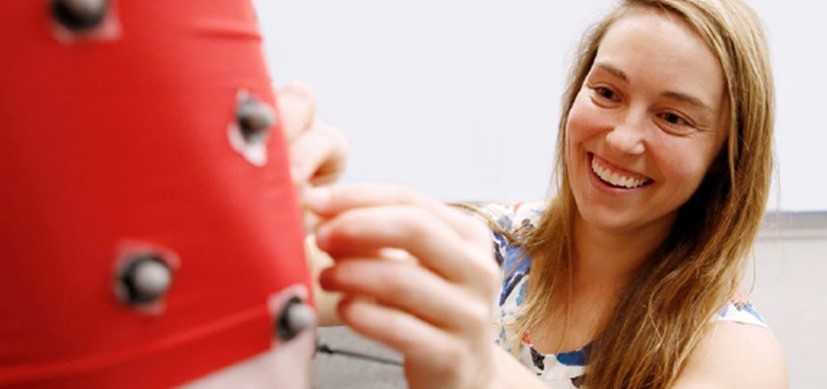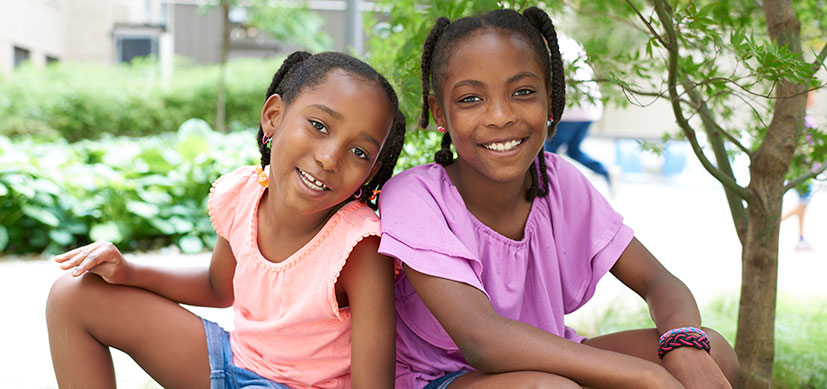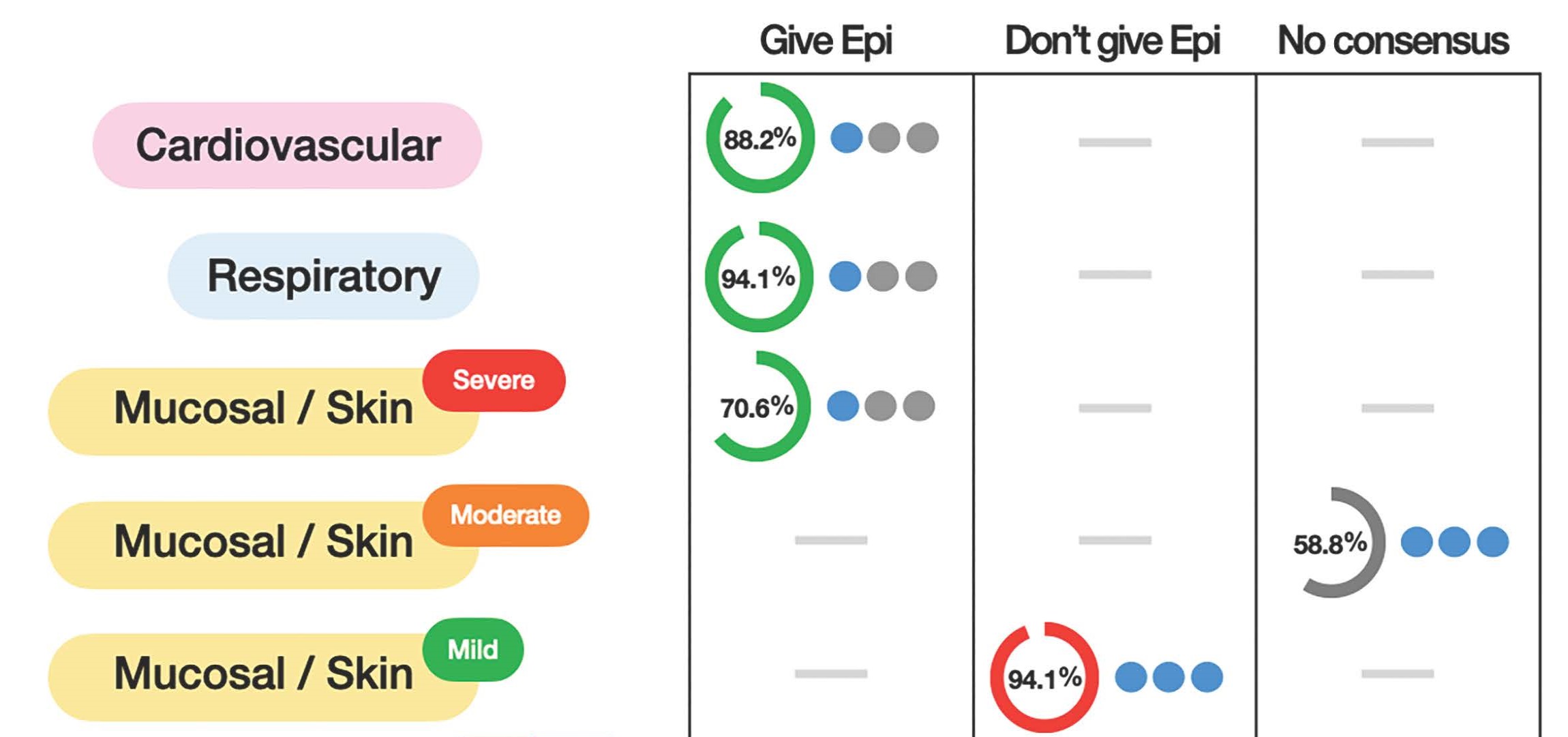Unraveling a Lifelong Journey: The LEAP Study Explores Brachial Plexus Birth Injury in Adults
Research By: Jenny Dorich, PhD, MBA, OTR/L, CHT
Post Date: April 4, 2025 | Publish Date: October 4, 2024

Imagine living with a condition that changes as you do, shaping not just your body, but your identity, emotions, and interactions with the world. For adults with brachial plexus birth injury (BPBI), this is their reality—a dynamic, evolving experience that extends far beyond childhood.
Thanks to the Lived Experience of Adults with Brachial Plexus Birth Injury (LEAP) study, funded by a Cincinnati Children’s Place Outcomes Research Award, we’re gaining a clearer picture of what life looks like for this population.
This collaborative effort, spearheaded by Jenny Dorich, PhD, MBA, OTR/L, CHT, Assistant Professor in the Division of Orthopaedic Surgery and program lead for Hand Therapy in the Division of Occupational Therapy and Physical Therapy, explores how this birth injury—characterized by upper limb paralysis due to birth trauma—can have life-long impacts for some individuals and provides critical insights for both healthcare providers and families. The team’s findings were recently published in the International Journal of Qualitative Studies on Health and Wellbeing.
BPBI is a leading cause of childhood paralysis, occurring in 1-3 of 1,000 live births. Full recovery can occur within the first several months of life. However, at least 30% of the children experience incomplete recovery. A variety of musculoskeletal complications, such as persistent weakness, joint impairments, and altered limb growth, are common with the condition. During childhood, therapeutic and surgical interventions help minimize impairments, yet full recovery can be rare.
The LEAP study reinforces that while pediatric care is essential, addressing the lifelong nature of BPBI requires a broader healthcare strategy.
A Study Rooted in Real-Life Experiences
The LEAP study brought together adults with BPBI who had previously participated in online surveys. Through one-on-one interviews, researchers explored how BPBI impacts health-related quality of life (HRQoL) across the lifespan.
The findings reveal a rich tapestry of human experiences that underscore both the challenges and resilience of those living with this condition.
At its heart, the study revealed two central themes:
1. The Biopsychosocial Dimensions of Experience
BPBI isn’t just a physical condition—it’s deeply entwined with personal identity. Participants describe a tangle of physical and emotional health impacts. For example, while many faced physical limitations like pain, weakness, or overcompensation in the unaffected limb, others highlighted the mental toll of the childhood teasing, self-consciousness, and the mental gymnastics of finding ways to adapt.
While some participants viewed their condition as a challenge to overcome, others saw it as a defining, even empowering, part of who they are. As one participant put it, “I wouldn’t give [BPBI] up…I wouldn’t know who I am without it.”
BPBI impacts how people participate in many activities, from career paths to hobbies. Some avoided certain activities due to their condition, while others found unique opportunities like para-athletics or volunteering with BPBI support groups.
“The social environment also plays a critical role,” says Dorich. “Families, friends, and even strangers influence how individuals experience BPBI, for better or worse.”
2. An Experience that Varies Through Time
If BPBI were a movie, its tagline might read: “The condition that grows with you.” Participants described how their condition evolves with age, resulting in new physical challenges, worsening pain, and mobility issues. Meanwhile, some emotional hurdles from childhood—such as self-esteem struggles—often gave way to better coping mechanisms in adulthood.
“Importantly, no two experiences were the same,” Dorich says. “This variability highlights the need for personalized care and support, tailored to the specific needs of each person.”
3. A Need for Lifelong Care
The LEAP study underscores a crucial point: BPBI isn’t just a pediatric condition. It’s a lifelong journey that demands individualized care every step of the way.
Participants spoke of receiving robust care as children, thanks to pediatric centers of excellence like those at Cincinnati Children’s. But in adulthood, the avialability of accessible resources to maximize health-related quality of life outcomes is limited. Access to specialized resources often decreases for adults with BPBI.
“Many participants described how they must piece together fragmented resources to manage their condition,” said Dorich. “Our next steps for the LEAP team include exploring ways to help adults with BPBI bridge the gap they encounter after leaving pediatric care.”
| Original title: | The dynamic and diverse experience of adults with brachial plexus birth injury: a collective case study |
| Published in: | International Journal of Qualitative Studies on Health and Well-being |
| Publish date: | October 4, 2024 |
Research By








